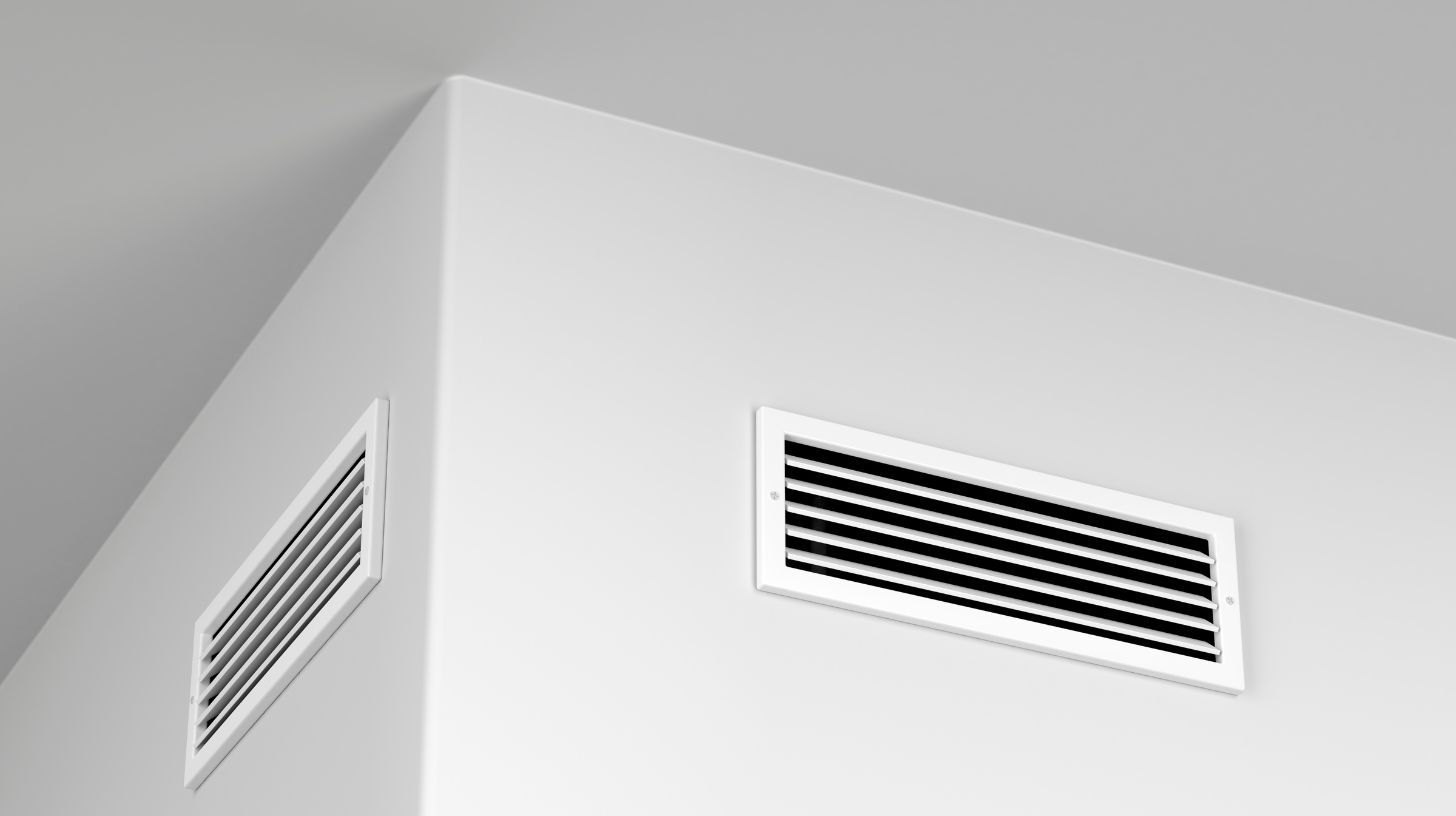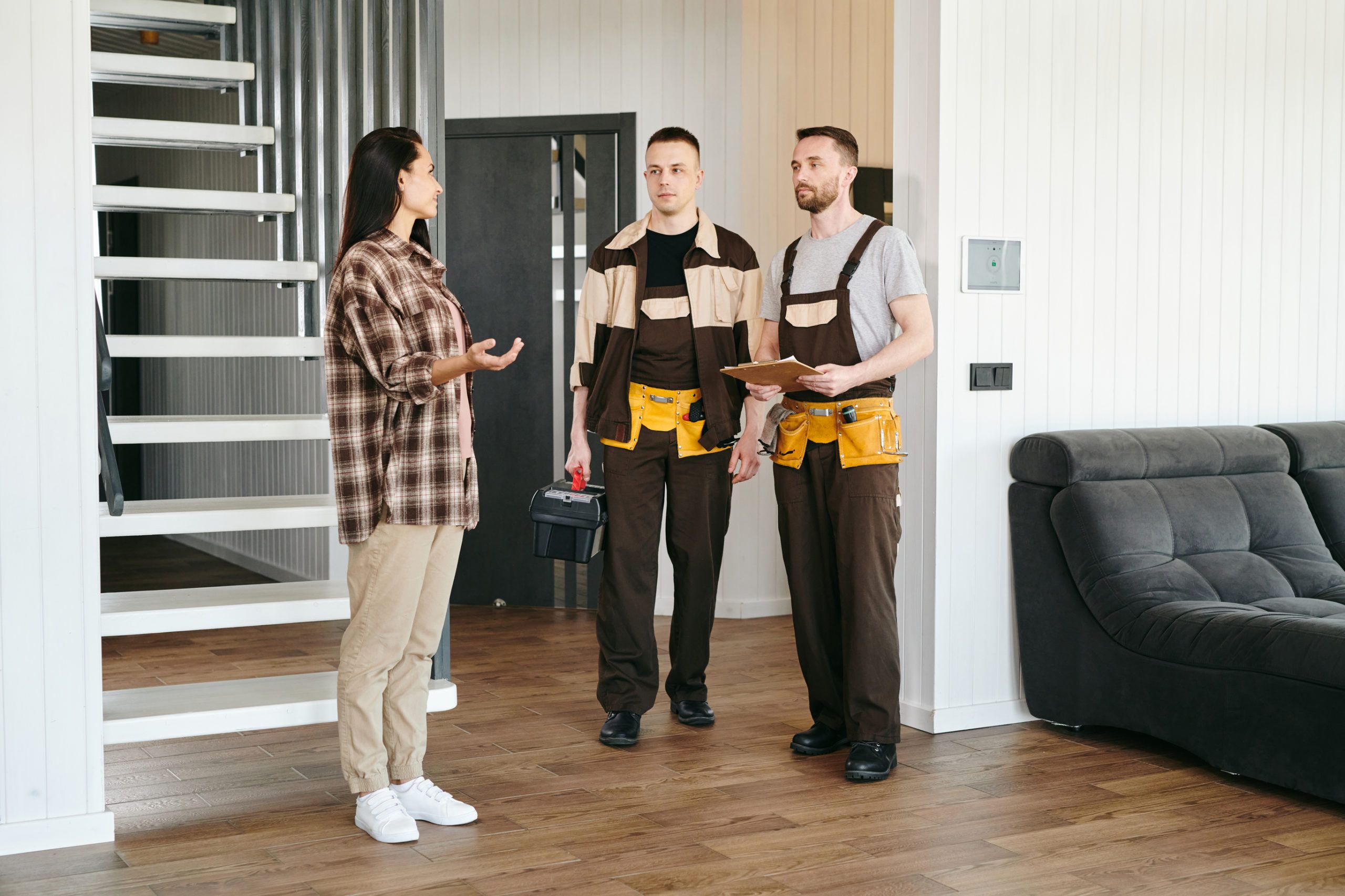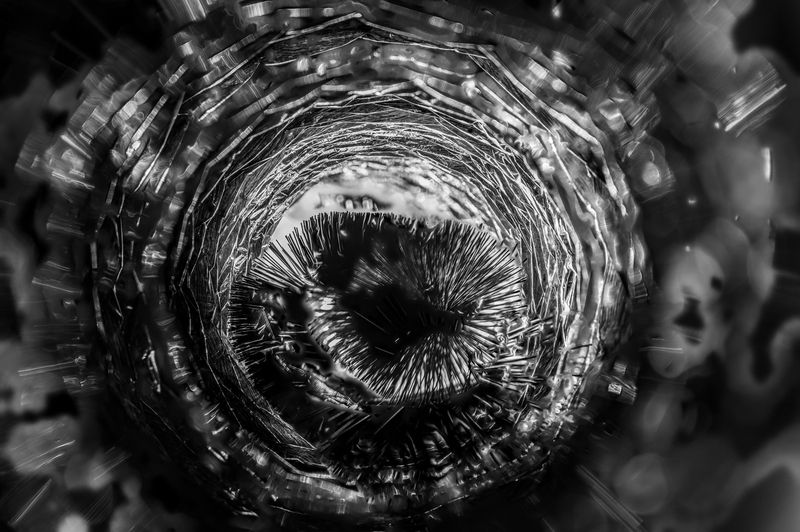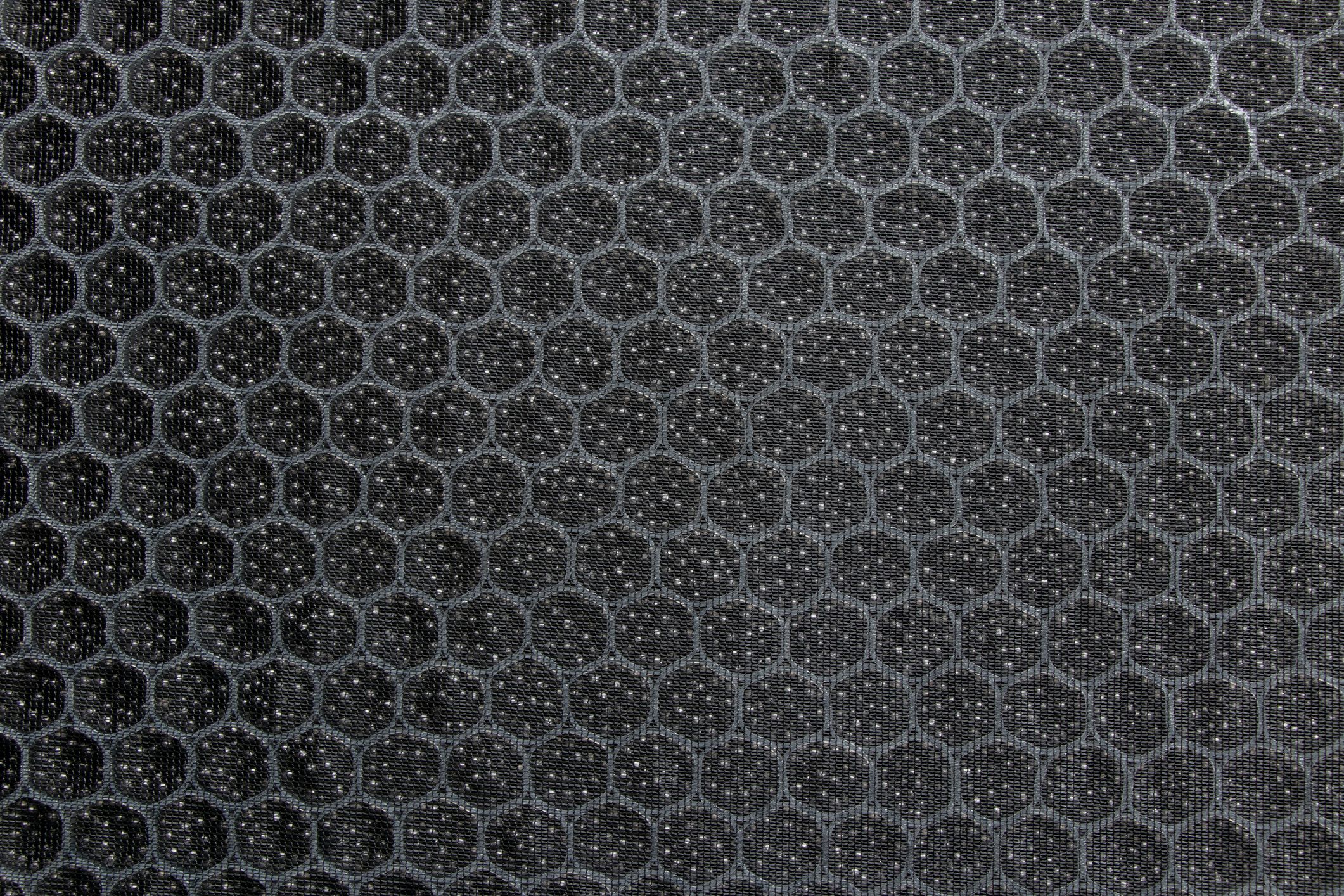Transitioning from Summer to Fall – HVAC Maintenance Tips For Phoenix AZ Residents
As temperatures in Phoenix begin to drop from summer to fall, it’s important to be prepared with the necessary HVAC maintenance tasks to ensure your system runs optimally and efficiently. Common HVAC challenges faced between summer and fall can often be avoided by proper seasonal maintenance. Because of that, we feel that knowing the top HVAC maintenance tasks for the fall transition and the benefits of seasonal HVAC maintenance in Phoenix, can help keep your home comfortable and your energy bill down.
Top HVAC Maintenance Tasks for the Fall Transition
Preparing your HVAC system for the fall transition is essential to ensure that your home is comfortable and energy efficient. At Semper Fi Heating & Cooling, we recommend taking a few basic preventative maintenance steps to ensure the longevity and performance of your system throughout the transition.
- Check and Clean Air Filter Start your fall transition by inspecting and cleaning the system’s air filter. A clogged filter blocks airflow, diminishing your heating system’s performance. Replace the air filter monthly, and more frequently if you have pets, to maintain optimal operation.
- Verify Thermostat Accuracy It’s crucial to ensure your thermostat is accurate each fall. Semper Fi Heating & Cooling strongly advises using a programmable thermostat for energy conservation and consistent temperature maintenance. Adjust settings to align with outside temperatures to minimize energy usage.
- Activate the Fan Switch Don’t forget to turn on the fan switch every fall. Setting the fan to auto lets it operate only when the heat is running, aiding in energy conservation throughout the season.
- Clean the Outdoor Condensing Unit Another vital step is cleaning the outdoor condensing unit. Over time, debris or dirt can accumulate, reducing the unit’s efficiency. Ensure all leaves, dirt, and obstructions are removed from the unit’s sides and top.
- Schedule a Professional Inspection for Older Systems If your system is a decade old or more, it’s wise to schedule an inspection with a professional. They can assess the system’s general condition and advise on any potential issues, ensuring smooth operation.
Common HVAC Challenges Faced Between Summer and Fall
One of the most common HVAC challenges faced between summer and fall is maintaining the correct indoor temperature. As temperatures transition between summer and fall, the indoor environment needs to be able to stay cool enough for comfort yet the HVAC system should not be operating unnecessarily – thus saving the homeowner money on their electricity bills. Semper Fi Heating & Cooling has the experience and knowledge to ensure that this delicate balance is maintained in all areas of the home. Semper Fi Heating & Cooling can also provide the homeowner with simple tips on avoiding any extra heating or cooling costs and ensure that mobile devices like thermostats are providing accurate settings.
During fall, allergens are also becoming more present outdoors and likely to enter the home more often. Ensuring the good air quality indoors is paramount for the health of the family and in this Semper Fi Heating & Cooling excels. We provide air purification tools that can be installed on the existing HVAC system, minimizing the risk of the airborne illnesses that can accompany the arriving colder weather. During the transition from summer to fall, Semper Fi Heating & Cooling can make sure that the equipment is properly serviced and ready to handle any temperature extremes that may be heading its way. With the help of an experienced technician, any unexpected breakdowns can be avoided and the homeowner can have peace of mind that the system will keep running whenever needed.
As temperatures dip, more and more layers of clothing are taken out of storage and the indoor atmosphere can become dry. Using a humidifier in combination with heating services, Semper Fi Heating & Cooling helps insure that the home environment will remain thermal and balanced during the colder winter months, providing comfort for the entire family.
By investing in Semper Fi Heating & Cooling services, homeowners can have their peace of mind that their HVAC system will not only be prepared for the fall transition, but will continue functioning optimally year-round.
Benefits of Seasonal HVAC Maintenance in Phoenix
Semper Fi Heating & Cooling understands that keeping up with seasonal HVAC maintenance is essential for prolonging the life of your Phoenix home’s heating and cooling systems. In Phoenix, seasonal HVAC maintenance not only extends the life of your equipment but can also help you save money on expensive repairs. Additionally, maintenance keeps your system running at peak efficiency, resulting in improved air quality.
Regular maintenance helps keep your furnace and air conditioner running optimally during temperature extremes. It also entails inspecting and cleaning the HVAC equipment to ensure that dirt and debris aren’t blocking the flow of air and that the system is running as efficiently as possible. Clean air ducts and filters help your HVAC system adequately filter out unwanted contaminants like pet dander, dust mites, pollen, and mold, providing you and your family with a cleaner indoor air environment.
Semper Fi Heating & Cooling offers comprehensive maintenance plans tailored to the specific needs of each homeowner. Their certified technicians are trained to provide a thorough and cost-effective service whenever maintenance is required. Furthermore, they provide a free inspection of contractors and labor for up to two additional years after the initial maintenance is completed.
Regular maintenance of your Phoenix home’s HVAC system can prevent unpleasant surprises when the weather changes. Furthermore, it guarantees that your system is running at peak performance, saving you money on energy costs in the long run. As a result, peace of mind is the primary benefit of trusting Semper Fi with maintenance of your home’s main line of defense against hot and cold temperatures.
Conclusion
To conclude, it is important to provide seasonal HVAC maintenance to ensure that the system is running well in the transition between summer and fall and to take advantage of the various benefits that come with this type of maintenance. Preparing for the transition by conducting tasks such as checking the thermostat, checking the air filter, and cleaning the outdoor unit are important, as are addressing any common challenges faced between summer and fall, such as removing debris from the condenser and ensuring proper unit levels and drainage. To ensure the best results, it is highly advised to hire a professional HVAC technician to help maintain the system. With the right maintenance and care, HVAC systems can be kept in optimal condition throughout the changing seasons, providing comfort and energy efficiency all year round.
Frequently Asked Questions
Why is transitioning from summer to fall crucial for Phoenix HVAC systems?
Transitioning from summer to fall is crucial for Phoenix HVAC systems because of the drastic temperature changes that take place in the area. During the summer, temperatures can reach triple digits, while the autumn months often bring cooler weather. It’s essential for Phoenix HVAC systems to make the transition from cooling during the summer to heating during the fall months in order to maintain comfortable temperatures indoors. Proper maintenance of the system is also critical in order to ensure that the unit works properly and efficiently when temperatures start to drop in the fall.
How often should I service my HVAC system in Phoenix?
HVAC systems in Phoenix should be serviced once a year, preferably during fall. The ideal time to service an HVAC system in Phoenix is just before the summer season starts. This is so the system can be checked for any potential issues before the extreme weather hits.
What are the signs that my HVAC system may need maintenance?
1. Abnormal noises from the system
2. Increased energy bills
3. Unpleasant odors
4. Decrease in air flow
5. Uneven heating or cooling
6. Cycling on and off frequently
7. Excess moisture or water pooling near the unit.
Is it cost-effective to maintain my HVAC system seasonally?
Yes, it is cost-effective to maintain your HVAC system seasonally. Regular maintenance and tune-ups help ensure the optimal performance of the system, which can reduce energy costs and extend the life of the system. A qualified technician can detect minor issues before they become major problems and recommend necessary repairs that save energy and money. Regular maintenance also keeps your system running safely, ensuring the safety of your family and home.










